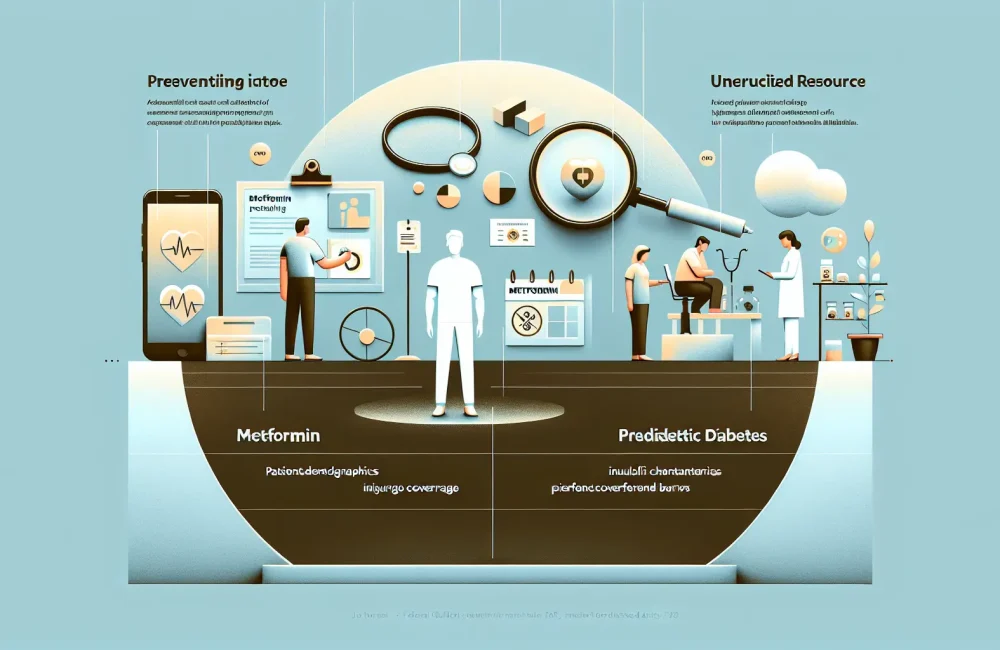By CAFMI AI From Journal of General Internal Medicine
Enhanced Glycemic Control through Point-of-Care HbA1C Testing
The recent Letter to the Editor published in the Journal of General Internal Medicine presents compelling evidence that point-of-care (POC) HbA1C testing can significantly improve glycemic control in patients with type 2 diabetes. This study, using a propensity score-matched cohort design, compared patients receiving routine POC HbA1C testing to those who did not have access to this testing modality within the same healthcare setting. The key finding was a statistically significant reduction in HbA1C levels in the group subjected to POC testing compared to matched controls. By enabling immediate availability of HbA1C results during clinical visits, POC testing facilitates timely therapeutic adjustments and individualized management strategies, ultimately contributing to better glucose regulation. Such findings underscore the clinical importance of integrating POC testing into the routine diabetes care workflow, especially in outpatient and primary care settings where rapid decision-making is crucial.
Study Design, Clinical Implications, and Patient Population
The study employed a robust propensity score-matched cohort methodology to minimize confounding variables typically encountered in observational designs. This approach ensured that patients in both the POC testing and control groups were balanced in terms of baseline characteristics such as age, disease duration, comorbidities, medication use, and baseline HbA1C levels. Including a well-matched control group strengthens confidence that the observed HbA1C improvements were related to the intervention of POC testing itself rather than other external factors. The study population primarily consisted of patients with type 2 diabetes receiving routine management in outpatient clinical settings, which aligns well with the primary care context most USA healthcare clinicians operate in. Therapeutic interventions influenced by POC results included medication adjustments and more aggressive glycemic monitoring, allowing clinicians to respond rapidly to changes in patients’ glycemic profiles. This has important implications for clinical workflows, suggesting that incorporating POC HbA1C testing can streamline care delivery and potentially reduce the frequency of diabetes complications through earlier intervention.
Clinical Guidance and Future Directions in Diabetes Management
This study’s findings reinforce current diabetes care guidelines emphasizing the value of frequent HbA1C monitoring and individualized treatment adjustments to achieve glycemic targets. Point-of-care HbA1C testing aligns with guideline recommendations by providing clinicians immediate feedback on glycemic control, enabling more dynamic treatment plans. For clinicians, especially in the USA, the integration of POC testing represents an opportunity to improve patient counseling regarding lifestyle modifications and medication adherence, supported by timely data. Furthermore, the study highlights potential areas for future research including cost-effectiveness analyses, patient satisfaction, long-term outcomes, and implementation strategies across diverse healthcare settings. Given the ongoing challenges in diabetes management, adopting POC HbA1C testing could be a significant step forward in improving real-world outcomes and reducing the burden of diabetes-related complications, ultimately aligning with healthcare systems’ goals of delivering efficient, patient-centered care.
Read The Original Publication Here






